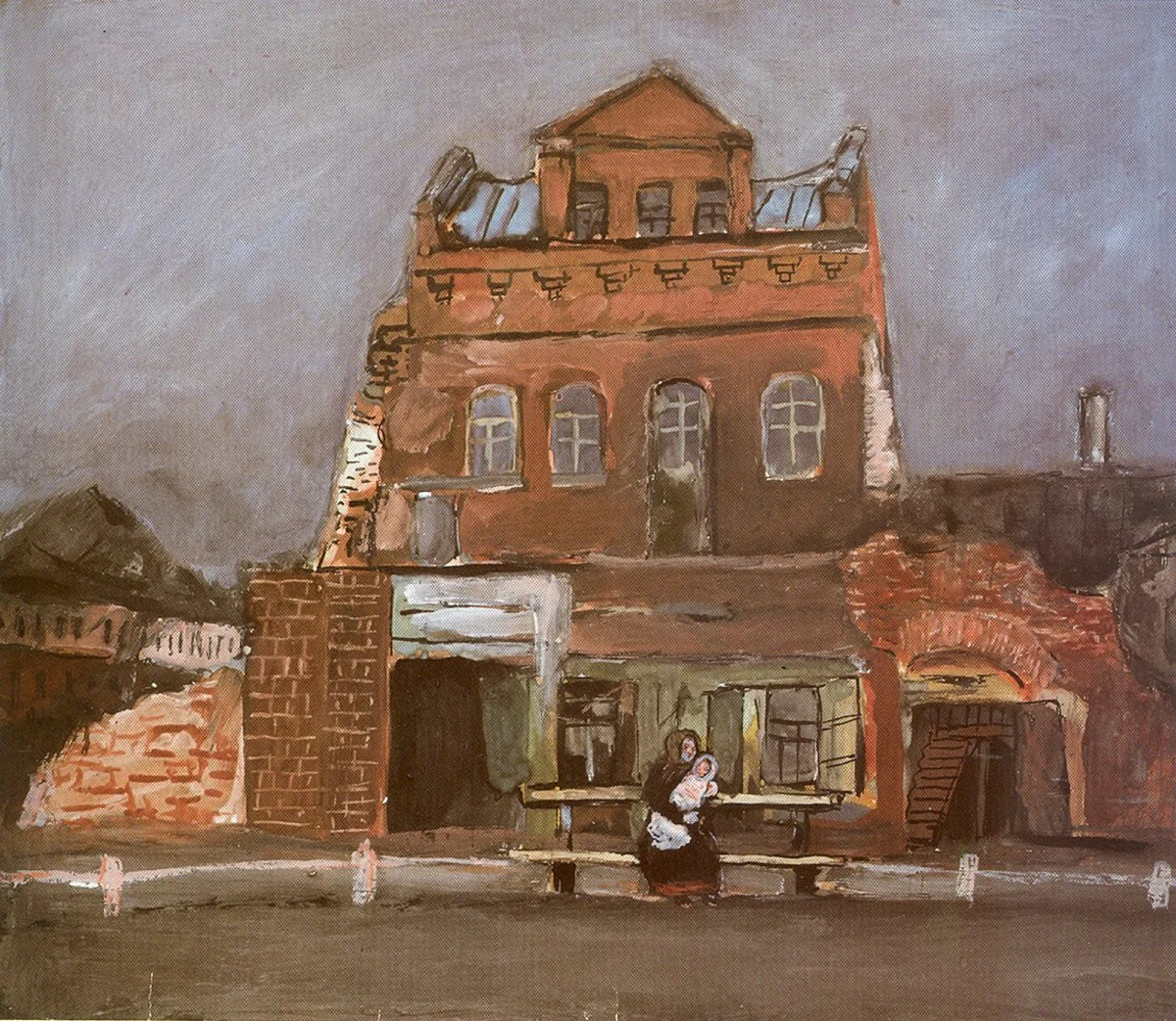Meer Akselrod
Meer Akselrod (1902–1970) was a Belarusian-born painter and graphic artist whose work captured the spirit, hardship, and resilience of Jewish life in Eastern Europe. Born in Molodechno, a small town near Minsk, he grew up amidst the cultural ferment and upheavals of the early 20th century. His art, deeply rooted in the visual memory of shtetl life, stands as both documentation and interpretation of a vanishing world.
In the 1920s, Akselrod studied at VKhUTEMAS in Moscow, one of the most progressive art schools of the Soviet avant-garde, where he absorbed modernist influences while maintaining a strong narrative and figurative focus. His paintings and drawings often depict Jewish artisans, workers, and village scenes, rendered with empathy and a profound sense of dignity.
During the Second World War, Akselrod became known for his powerful wartime sketches and depictions of devastation, which not only served as historical testimony but also as moral witness. His post-war works continued to balance social realism with an intimate human perspective, setting him apart from the rigid frameworks of official Soviet art.
Though he spent much of his career within the Soviet Union, Akselrod’s oeuvre speaks to universal themes of memory, endurance, and identity. Today, his works are held in major collections including the Tretyakov Gallery and the Pushkin Museum, and they remain vital to understanding both Belarusian art and the broader narrative of Jewish cultural history in the 20th century.
Copyright © New Belarus Art 2025
Legal | Privacy & Cookies
